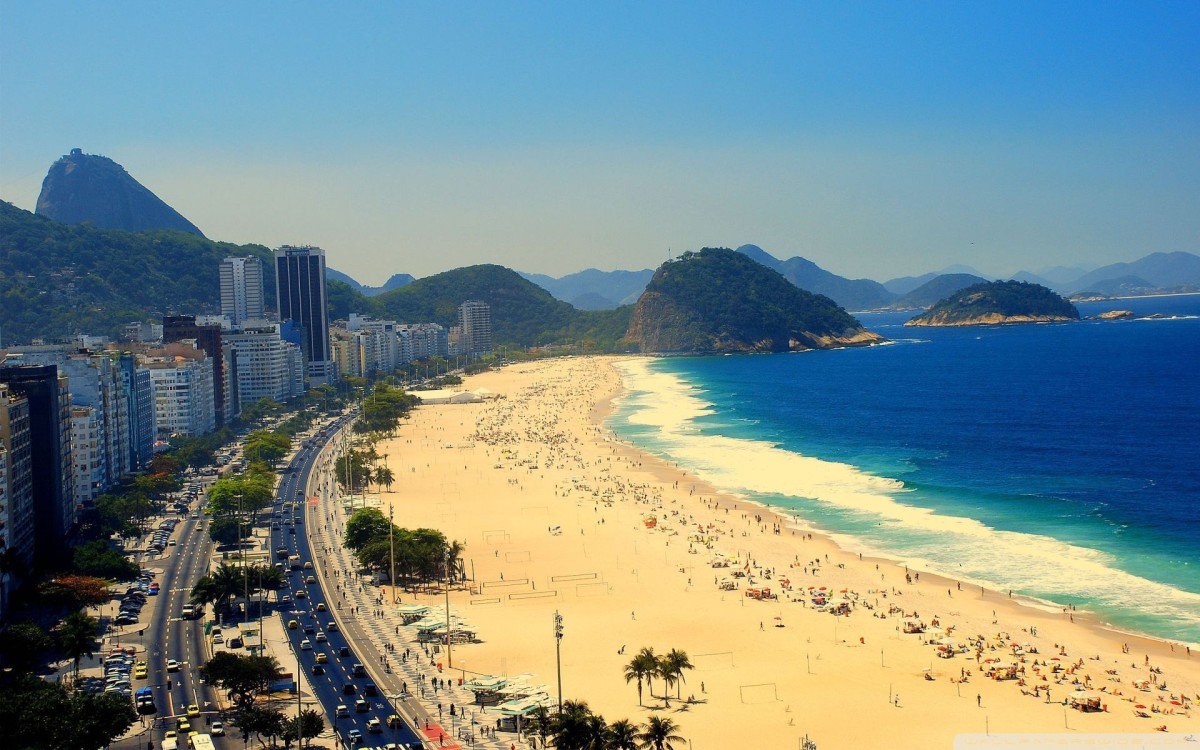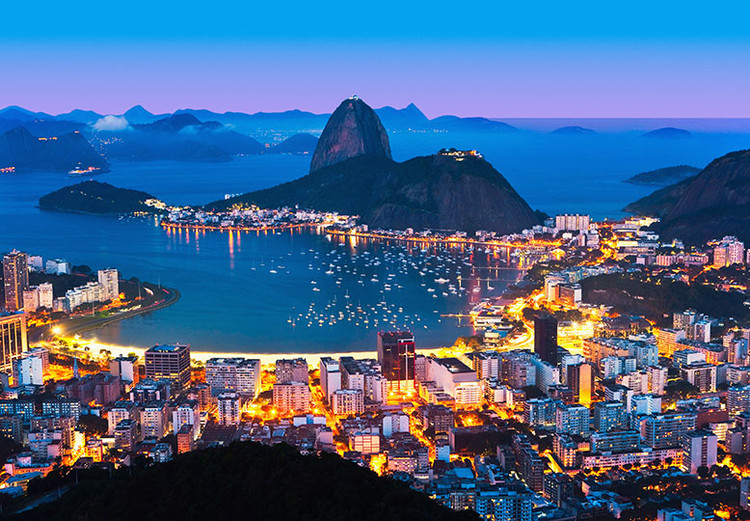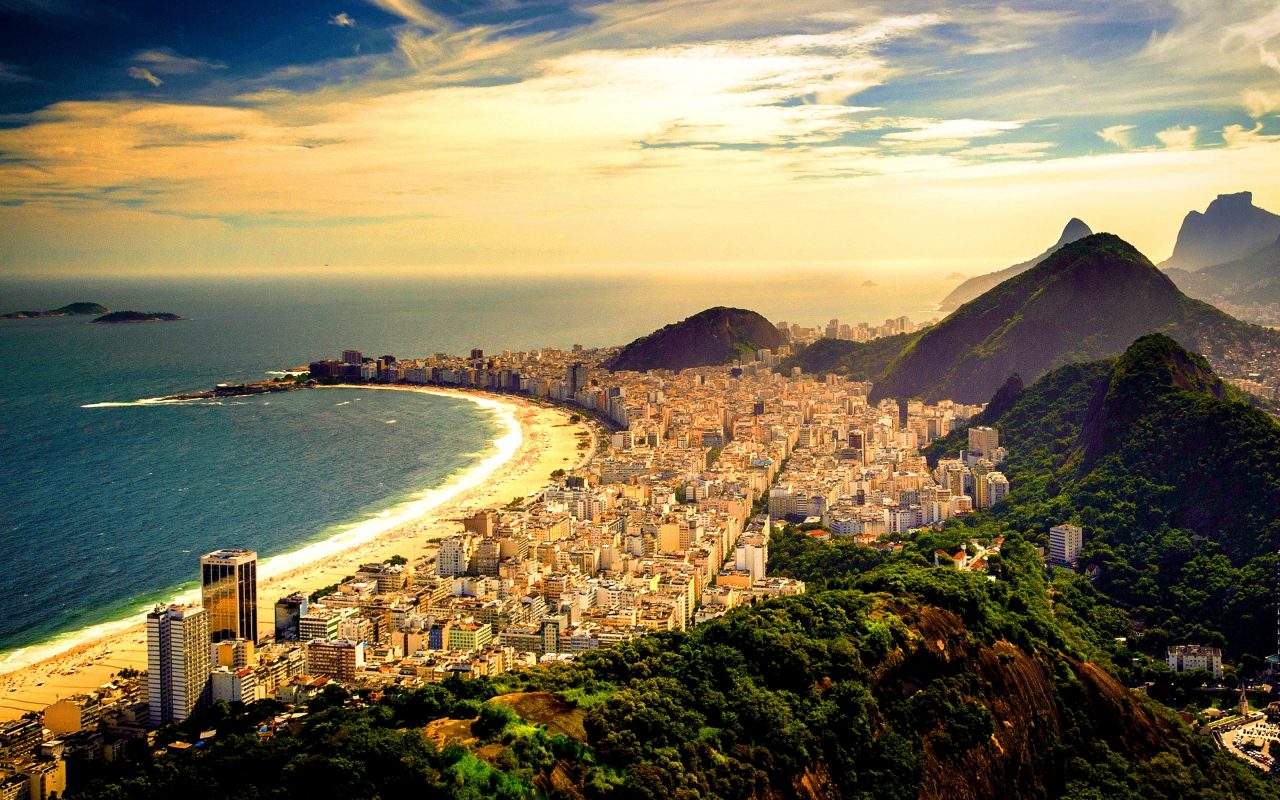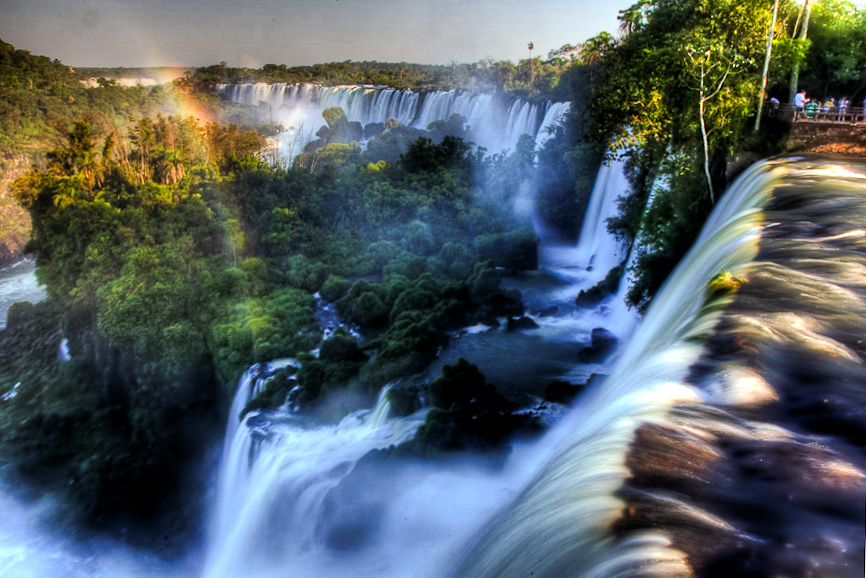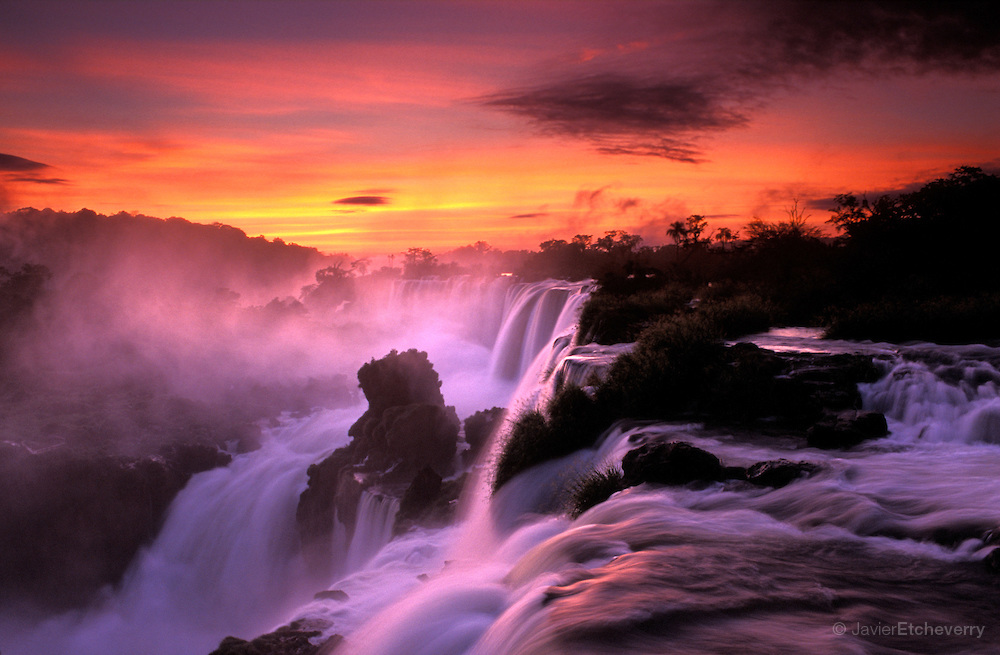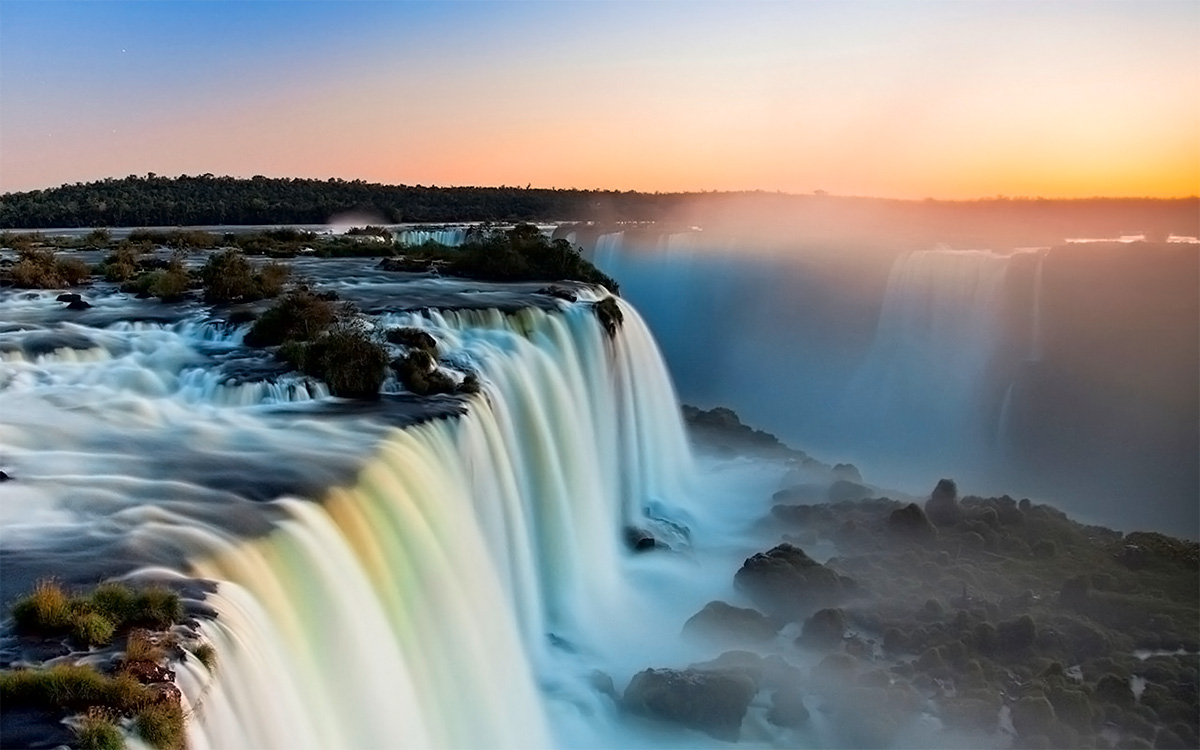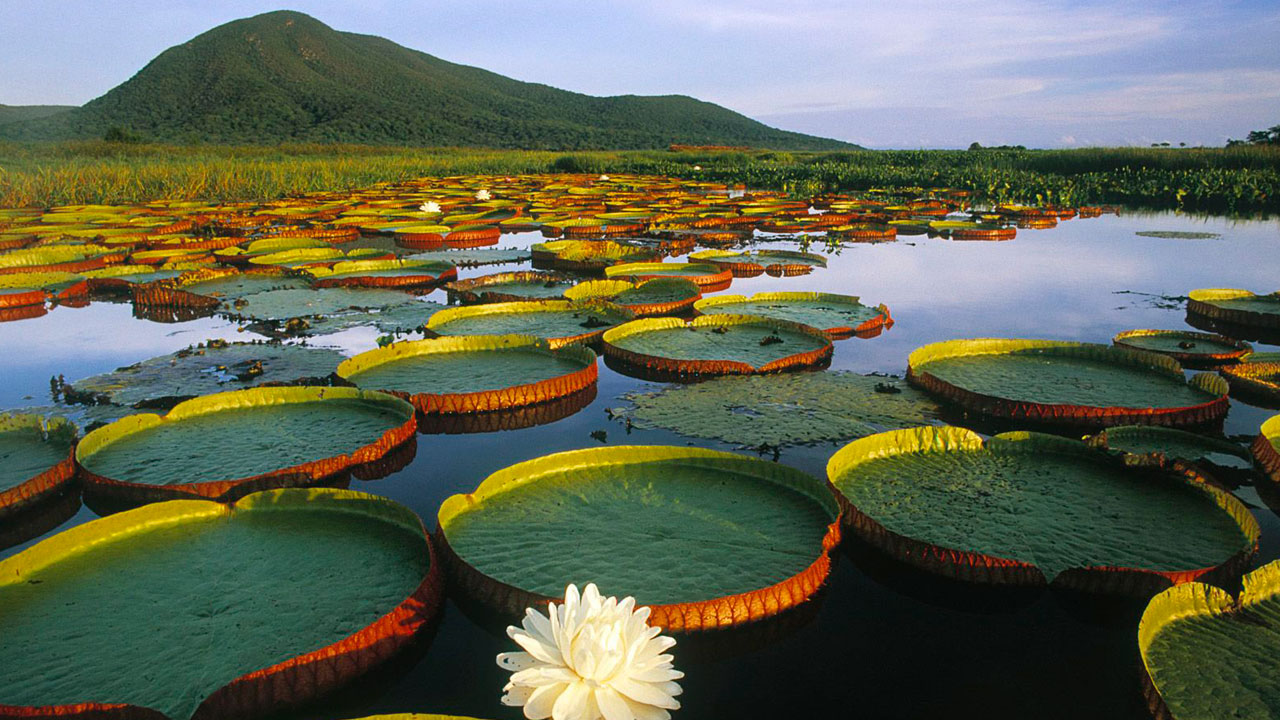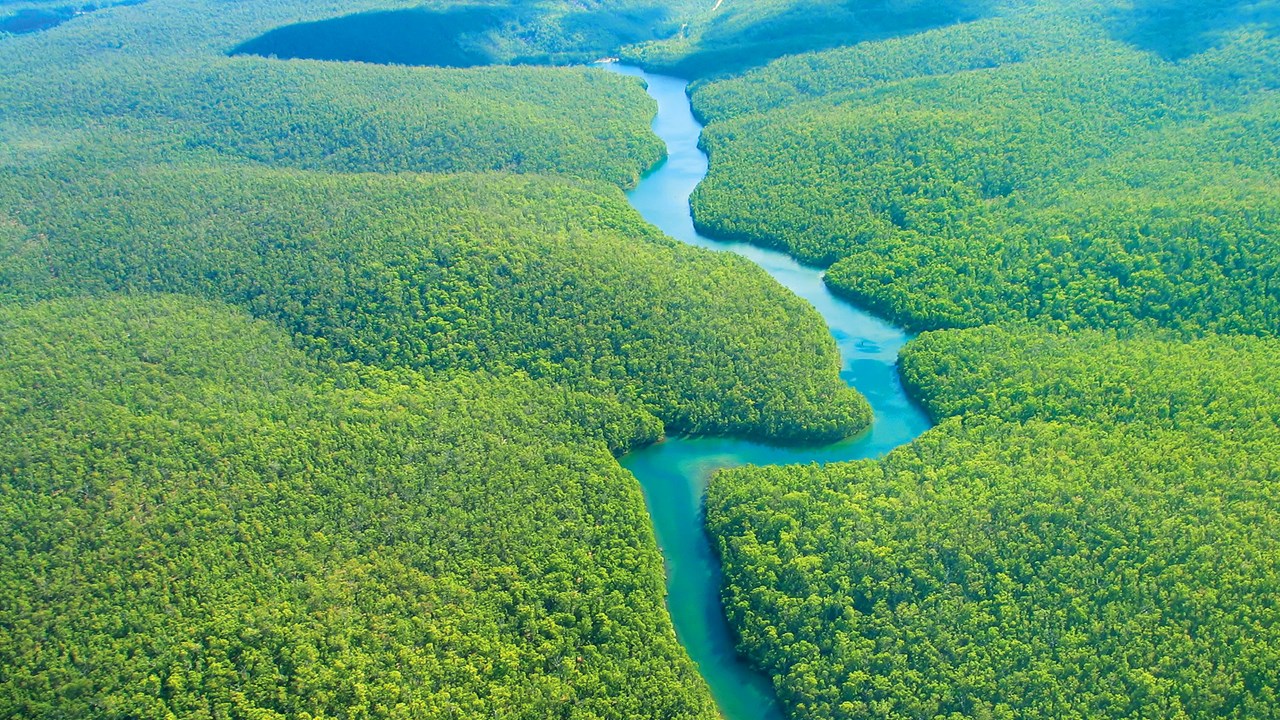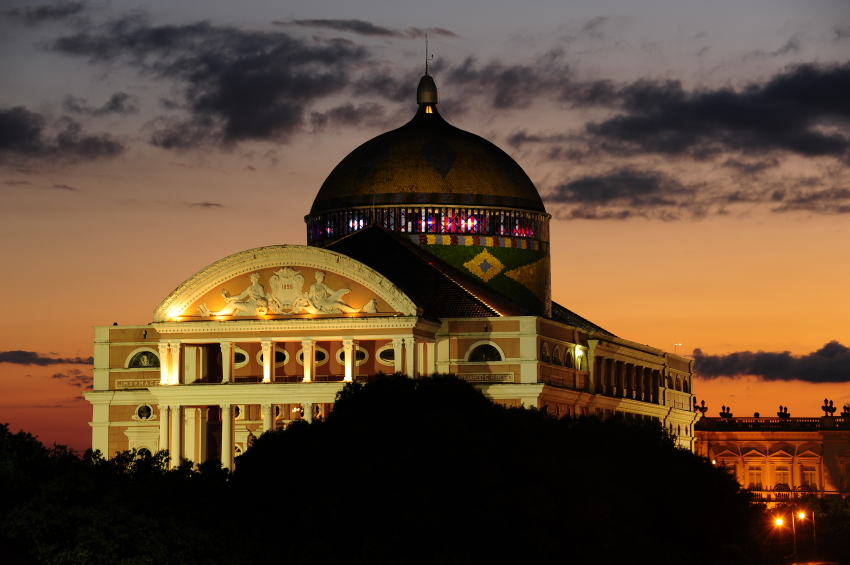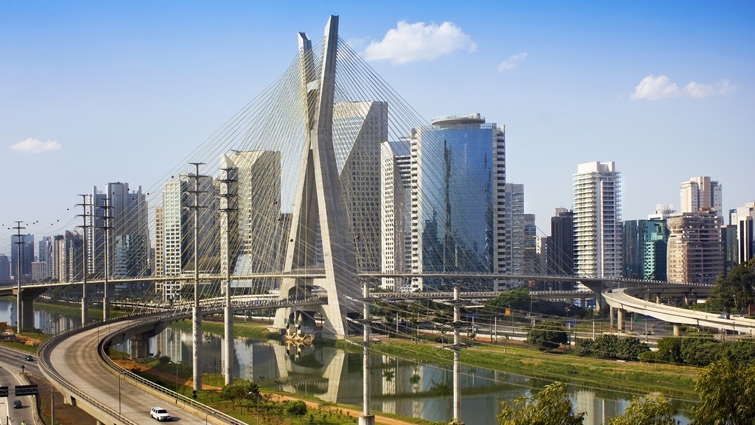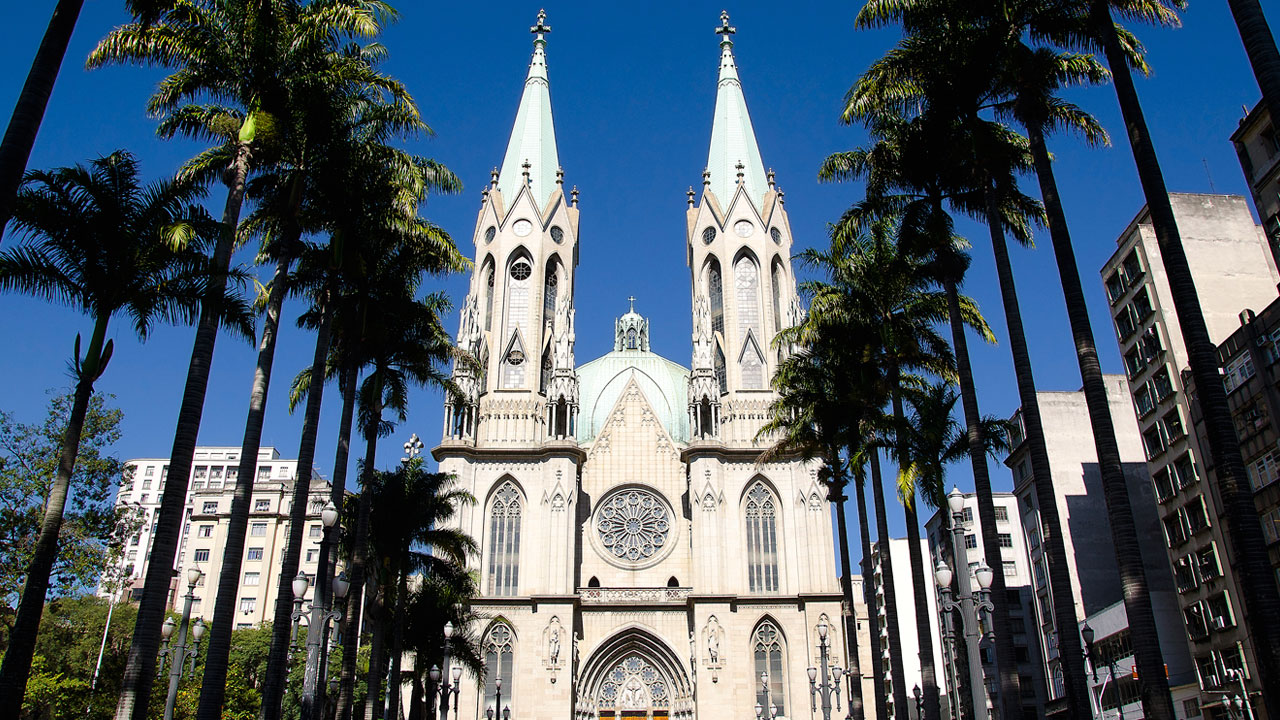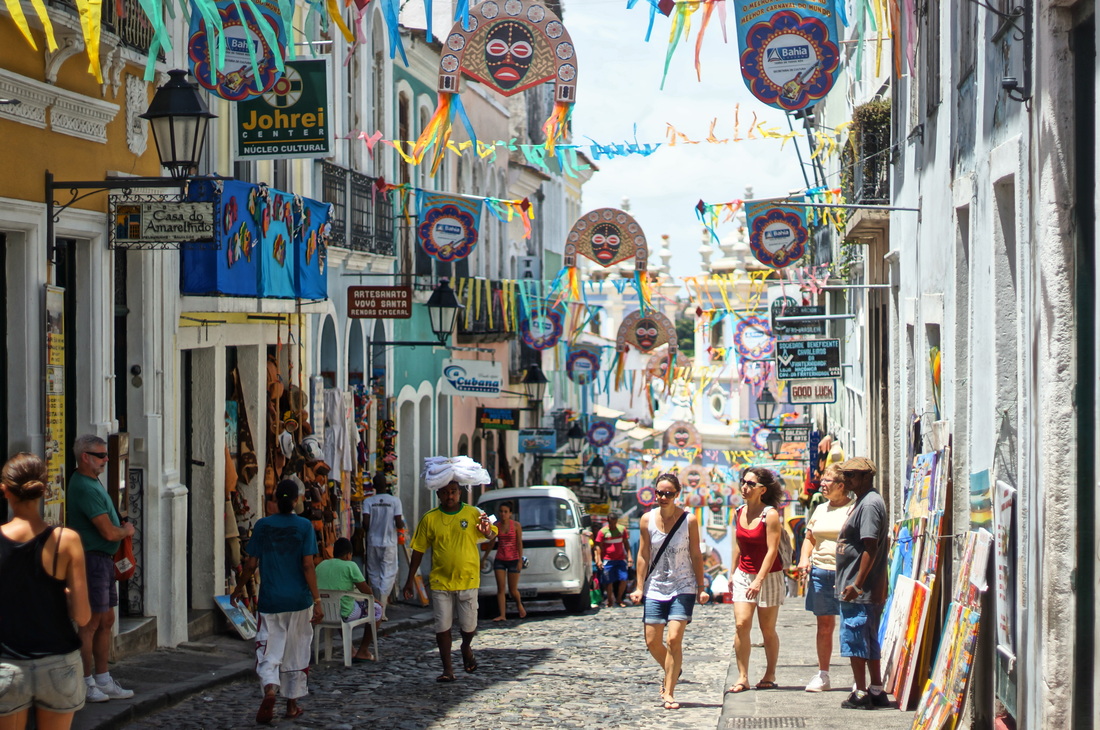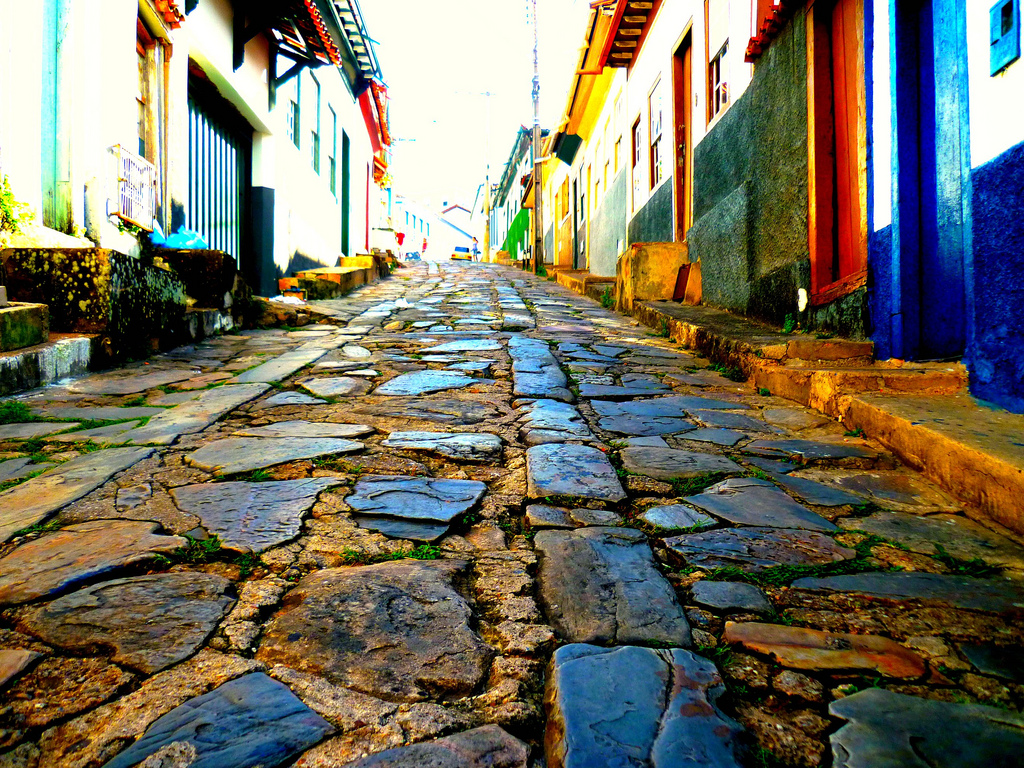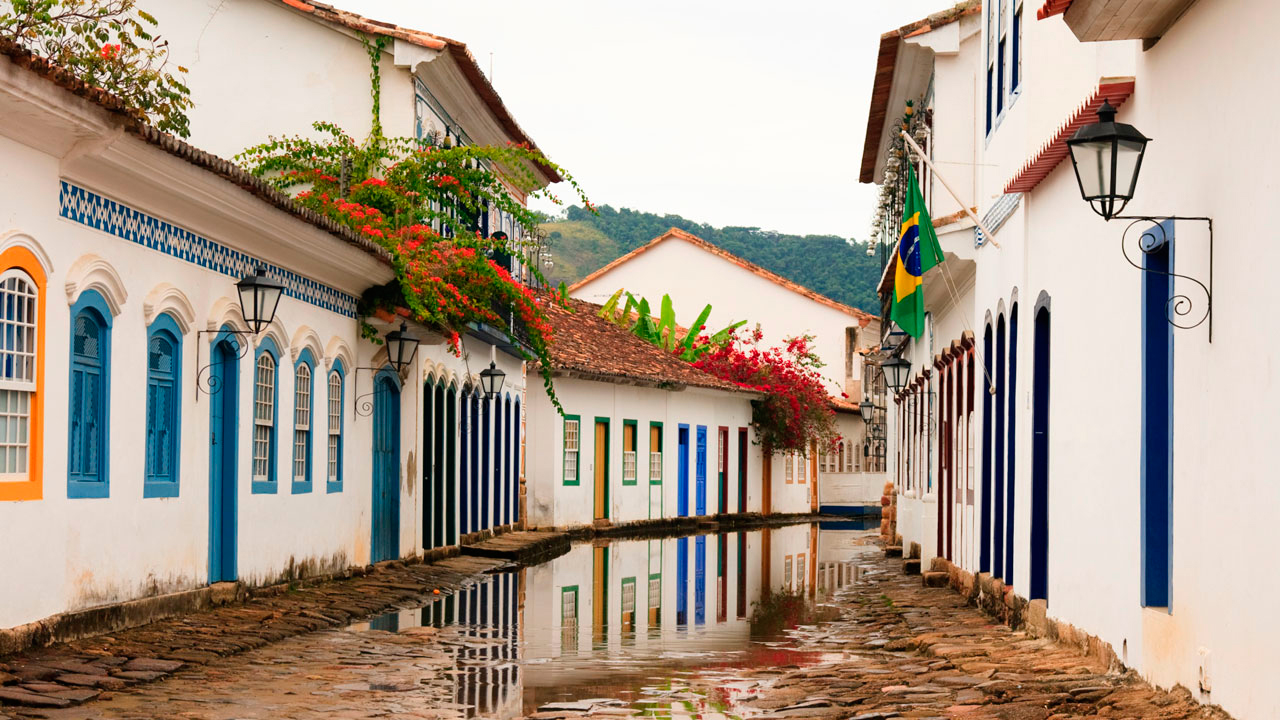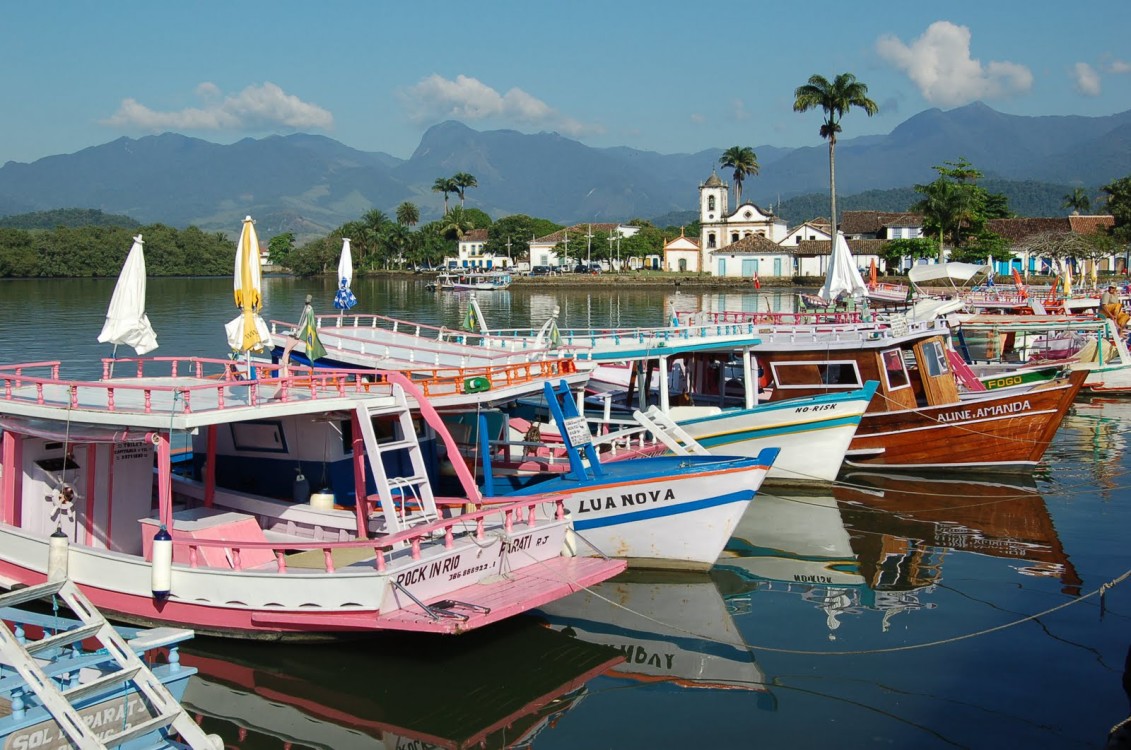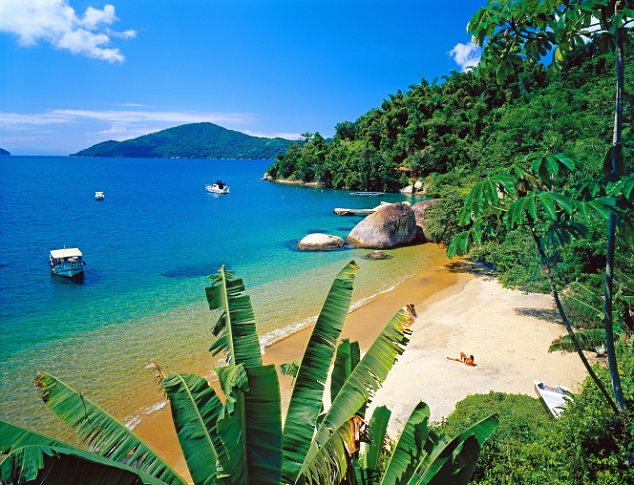Manaus, the capital of the state of Amazonas, on the banks of the Negro River in northern Brazil, is a major departure point for the surrounding Amazon Rainforest. East of the city, the dark Negro River runs side by side with the brown, muddy Solimões River in a phenomenon called the Meeting of the Waters, which converge to form the Amazon River.
Vibrant São Paulo is among the world's most populous cities. Brazil's financial center, it has abundant cultural institutions and a rich architectural tradition. Its iconic buildings range from the 1929 Edifício Martinelli skyscraper and the neo-Gothic Metropolitan Cathedral to modernist architect Oscar Niemeyer’s curvy Edifício Copan. The colonial-style Pátio do Colégio church marks where Jesuit priests founded the city in 1554. The state is the major industrial and economic powerhouse of the Brazilian economy. It also has the largest population, industrial zones, and economic production in the country.
Salvador, a city in Brazil’s northeastern state of Bahia, is known for its Portuguese colonial architecture, Afro-Brazilian culture and tropical coastline. The Pelourinho neighborhood is its historic heart, with cobblestone alleys opening onto large squares, colorful buildings and baroque churches such as São Francisco, featuring gilt woodwork. Capoeira martial artists and Olodum drummers perform on the winding streets. Salvador is also known as Brazil’s capital of happiness due to its countless popular outdoor parties. The first colonial capital of Brazil, the city is one of the oldest in the Americas.
Minas Gerais, a large inland state in southeastern Brazil, is known for colonial-era towns dating to the country’s 18th-century gold rush. With cobblestone streets, ornate mansions and baroque churches decorated by the sculptor Aleijadinho, these towns include São João del Rei, Tiradentes, and Ouro Preto, the old capital. The famous steam train Maria Fumaça (“Smoking Mary”) links Tiradentes to São João del Rei.

